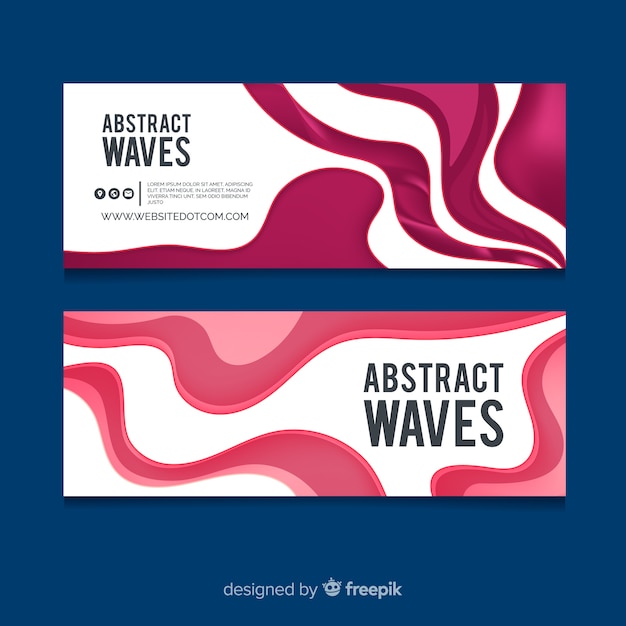Fascinating Facts about Waves

Waves are forms of energy transfer that can travel through different mediums.
Ocean waves are caused by the wind’s effect on the surface of the water.
The size of waves depends on factors such as wind speed, fetch, and the duration of the wind.
Tsunamis are incredibly powerful waves caused by earthquakes or volcanic eruptions under the ocean.
Sound waves are vibrations that travel through the air or other mediums.
The speed of sound waves depends on the temperature, humidity, and density of the medium.
Light waves are a form of electromagnetic radiation that can be seen by the human eye.
Light waves can be refracted or bent when passing through different mediums.
Radio waves are used for transmitting and receiving signals for communication purposes.
Microwaves are a type of electromagnetic wave that is commonly used in cooking.
X-rays and gamma rays are higher-energy waves that can penetrate through materials.
The concept of waves is prevalent in various fields such as physics, engineering, and music.
The crest of a wave represents the highest point, while the trough represents the lowest point.
The amplitude of a wave determines its height and intensity.
Longitudinal waves, like sound waves, move in a back-and-forth motion.
Surface waves, such as ocean waves, combine characteristics of both transverse and longitudinal waves.
The frequency of a wave refers to the number of wave cycles occurring per second.
Fascinating Facts about Waves part 2
The wavelength of a wave is the distance between two corresponding points on the wave.
Waves can be reflected, refracted, or diffracted when encountering obstacles or traveling through different mediums.
The Doppler effect describes the change in frequency of a wave as the source or observer moves.
Seismic waves are waves of energy that travel through the Earth’s layers during earthquakes.
The interference of waves can result in either constructive or destructive interference.
Waves can be categorized as mechanical waves, which require a medium to travel, or electromagnetic waves, which do not require a medium.
Resonance occurs when an object vibrates at its natural frequency in response to an external force.
The study of wave behavior and properties is essential in fields like acoustics and optics.
The speed of a wave is determined by the medium’s properties, such as its density and elasticity.
Waves can transfer both energy and information from one location to another.
Hertz (Hz) is the unit used to measure the frequency of waves.
The wave-particle duality theory suggests that particles, like electrons, can exhibit wave-like behavior.
The wave equation describes the mathematical relationship between wavelength, frequency, and wave speed.
Ultraviolet waves can cause sunburn and damage to the skin, while infrared waves generate heat energy.
Waves play a crucial role in navigation, allowing sailors to understand their position and navigate through water bodies.
Sonic booms are created when an object moves faster than the speed of sound, causing a shockwave.
Gravitational waves are ripples in spacetime caused by the acceleration of massive objects.
Waves are used in medical imaging techniques like ultrasound and MRI for diagnostic purposes.
Wave power is a form of renewable energy that harnesses the movement of waves to generate electricity.
Waves can be classified into categories such as transverse waves, longitudinal waves, and surface waves.
The study of wave mechanics is fundamental to understanding the behavior of particles at the atomic and subatomic levels.
Wave interference patterns can be observed in phenomena like diffraction, where waves bend and spread out after passing through a small opening.
Waves can transfer momentum and exert pressure on objects they encounter.
Wind waves can travel vast distances across the ocean, creating the swells commonly seen in surfing.
Microwaves are used in radar systems for detecting the presence and movement of objects.
The study of waves has significant applications in the field of telecommunications, enabling the transmission of signals over long distances.
Waves can be used to investigate the properties of matter through techniques like spectroscopy.
Understanding the behavior and properties of waves is crucial for developing technologies and improving our understanding of the natural world.